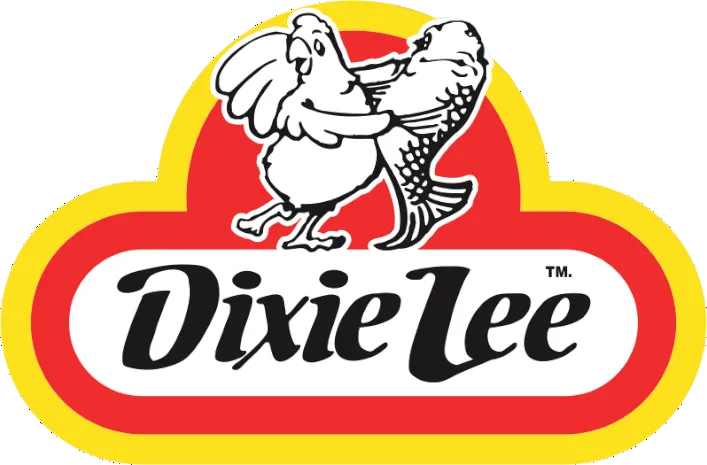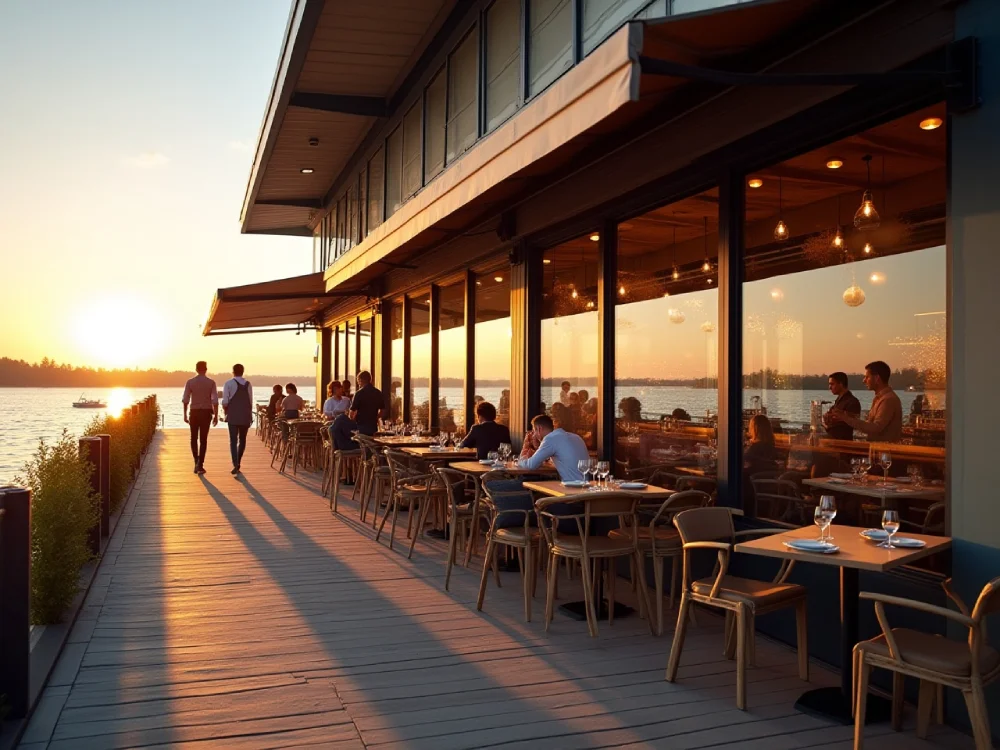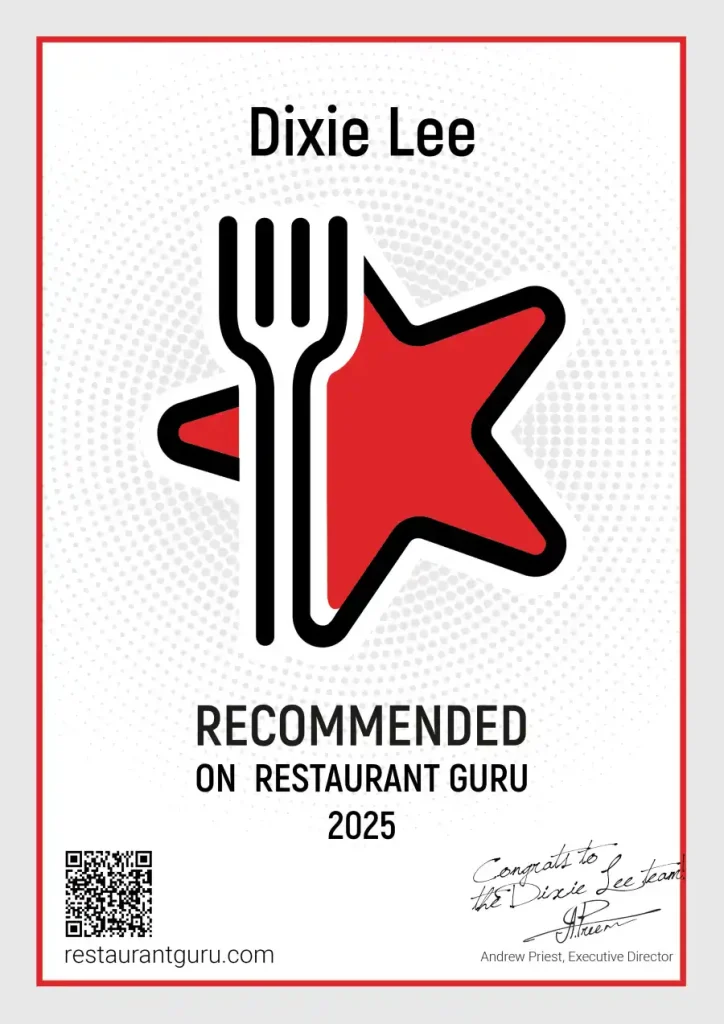A successful restaurant franchise in Sylvan Lake should ground its brand in lake life, prairie hospitality, and four‑season recreation. The brand promise—whether to provide comfort, encourage exploration, or offer discovery—must be clearly defined and consistently expressed across the logo, color palette, uniforms, and curated shoreline‑friendly playlists.
Franchise economics must be validated with rigorous financial analysis. Unit economics should be proven using break‑even targets, seasonal traffic maps that model peak and off‑peak demand, and stress tests that simulate lower‑than‑expected revenue and higher operating costs. The franchise disclosure documentation (FDD) and any provincial requirements should be reviewed and vetted to ensure compliance with Alberta regulations.
Operational systems should be engineered for seasonal variability and peak periods. Procedures must include staffing triggers tied to forecasted demand, cross‑training to cover absences, and contingency plans for supplier disruptions. Supplier contracts should be evaluated for reliability and flexibility during fluctuating demand.
Site selection benefits from proximity to the waterfront while allowing for practical considerations. A waterfront‑adjacent location with patio access increases year‑round appeal but should be assessed for visibility, parking, access, and municipal permitting constraints.
For launch, the recommended approach is a controlled soft opening followed by a measured ramp to full service. During the soft open, track key performance indicators—average check, covers per hour, table turn time, labor cost percentage, food cost percentage, and guest satisfaction metrics—to refine operations before a full public launch. Ongoing measurement and iterative adjustments will help sustain performance across Sylvan Lake’s seasonal cycles.
Key Takeaways
- Craft a Sylvan Lake brand story and promise (comfort/explore/uncover) tied to dockside sunsets, winter skates, and market mornings, with friendly, grounded voice.
- Choose sites on Lakeshore Drive or near Highway 20 with patios/walk-up windows, strong parking, and verified hourly pedestrian and vehicle counts.
- Build a financial model: break-even covers and checks, stress-test costs, map seasonal traffic, and validate unit economics at 80/100/120% of forecast.
- Codify operations: high-volume station layouts, batch-prep and par levels, queue management, cross-training, and dashboards for ticket times, labor, and product-outs.
- Ensure compliance with Alberta’s Franchises Act: complete FDD, localized clauses, no earnings claims without audited statements, and lawyer-vetted version control.
Craft a Brand Story That Resonates With Locals and Visitors
Before you sign leases or design menus, define a brand story that fits Sylvan Lake’s personality: lake life, prairie hospitality, and four-season tourism. Start by naming the core promise your restaurant delivers—comfort, explore, or uncover—and state who it’s for. Tie that promise to real moments: dockside sunsets, winter skate days, farmers’ market mornings. Choose a voice that sounds friendly and grounded, not generic.
Map your touchpoints. Your logo, color palette, uniforms, and playlists should echo shoreline vibes and small‑town warmth. Craft a simple origin line and a three-sentence brand narrative you can repeat in staff training, social posts, and table talkers. Test your story with locals and seasonal guests. Keep what resonates, cut what doesn’t, and document guidelines for consistency.
Validate Your Unit Economics and Seasonal Cash Flow
You need clear break-even thresholds so you know exactly how many covers or tickets per day keep you in the black. Build seasonal revenue modeling around Sylvan Lake’s summer spikes and shoulder-season slowdowns to stress-test monthly cash flow. Adjust pricing, labor, and inventory plans now so your margins hold when traffic swings.
Break-Even Thresholds
Start by pinning down your break-even point so you know exactly how many covers, average checks, and days of operation it takes to cover fixed and variable costs in Sylvan Lake. List fixed costs first—rent, base wages, insurance, franchise fees, loan payments. Then map variable costs per cover—food, beverages, hourly labor, disposables, payment processing.
Calculate break-even sales: fixed costs divided by contribution margin (average check minus variable cost per cover). Convert that into daily covers by dividing by your open days and average check. Stress-test with realistic ranges: a 5% food cost swing, a $1 shift in average check, or a two-point margin change. Identify your minimum viable staffing model and utility loads. Finally, set trigger points for price, labor, or menu mix adjustments when variance exceeds targets.
Seasonal Revenue Modeling
With break-even thresholds set, build a seasonal revenue model that reflects Sylvan Lake’s peaks and shoulder months. Start by mapping weekly traffic patterns: summer lake tourism, winter locals, and spring/fall event bumps. Convert footfall estimates into covers using realistic capture rates, then apply average check by daypart. Layer in menu mix shifts (patio drinks, summer seafood, winter comfort items) to forecast margin changes.
Model fixed costs monthly and variable costs per cover. Add season-specific labor schedules, patio staffing, and overtime. Include weather risk, smoke days, and festival surges as scenarios with probabilities. Plan working capital: target a cash reserve covering two low months and vendor terms.
Validate unit economics: stress-test at 80%, 100%, and 120% of forecast. Adjust pricing, hours, and promotions accordingly.
Navigate Alberta Franchise Regulations and Build a Solid FDD
A clear grasp of Alberta’s Franchises Act and a carefully prepared Franchise Disclosure Document (FDD) form the legal backbone of your Sylvan Lake rollout. Alberta’s law requires you to provide a complete FDD at least 14 days before any agreement is signed or money changes hands. Miss this, and franchisees can rescind.
Build your FDD with precision: corporate history, leadership bios, litigation and bankruptcy history, fees, initial investment ranges, supplier and territory rules, training and marketing obligations, renewal and termination terms, and dispute resolution. Include audited or reviewed financial statements and clear earnings claims, or state you’re not making any.
Localize where needed: provincial governing law, venue clauses, and advertising fund use. Have a franchise lawyer vet everything, maintain version control, and track delivery receipts.
Design an Operations Manual Built for Summer Peaks
Although your concept might run smoothly in shoulder seasons, Sylvan Lake’s summer surge demands an operations manual engineered for volume, speed, and consistency. Document high-volume station layouts, batch-prep standards, and par levels tied to heat-driven demand spikes for drinks, ice, and grab-and-go items. Define queue management, order throttling, and expo roles to keep ticket times under target.
Codify staffing models by hour and weather triggers. Include cross-training matrices, micro-shift swaps, and escalation paths when lines exceed thresholds. Standardize cook times, build charts, and photo guides so quality holds under pressure. Add checklists for opening, rush, and close, plus waste, comps, and incident logs.
Embed simple dashboards: forecast vs. actual sales, labor-to-sales alerts, and product-outs. Train with simulations, then audit weekly and iterate.
Choose High-Impact Sites Near the Waterfront and Traffic Corridors
Because Sylvan Lake’s revenue swings with sun and foot traffic, you should target sites that capture both waterfront crowds and drive-by volume. Aim for corners along Lakeshore Drive and near Highway 20 access points, where weekend beachgoers and commuters intersect. Prioritize visibility: clear sightlines, prominent signage, and easy right-in/right-out turns.
Validate demand with hourly pedestrian counts on sunny weekends and vehicle counts during rush periods. Look for co-tenancy that complements your menu—ice cream, rentals, casual retail—without direct cannibalization. Guarantee sufficient parking and short walking distance from docks, trails, and beaches. Secure patios or walk-up windows to speed service and signal convenience. Finally, confirm zoning, patio permits, and seasonal allowances early, and negotiate clauses that address peak-season hours, signage rights, and patio expansions.
Secure Reliable Suppliers and Cold-Chain Logistics
You’ll vet local and regional vendors for reliability, pricing, and service levels that match Sylvan Lake’s demand swings. You’ll enforce end-to-end cold-chain integrity with temperature monitoring, timed handoffs, and audited SOPs. You’ll also set contingency plans—backup suppliers, cross-docks, and rerouted transport—for weather or carrier disruptions.
Vet Local and Regional Vendors
Supply chain discipline starts with vetting dependable local and regional vendors who can meet franchise standards every day, not just on opening week. Begin with clear specifications: product grades, packaging, lead times, order minimums, and backup options. Ask for certifications, audit summaries, and recall histories. Verify capacity during peak tourism months in Sylvan Lake and confirm realistic delivery windows given local traffic and weather patterns.
Request samples and run blind quality checks. Compare pricing structures, fuel surcharges, and index-based adjustments. Speak with current clients to gauge responsiveness and dispute resolution. Map each vendor’s service radius to avoid coverage gaps between locations. Pilot orders before signing multi-year agreements, then formalize performance SLAs with penalties and review clauses. Keep at least two qualified vendors per category to reduce disruption risk.
Ensure Consistent Cold-Chain Integrity
With vetted vendors in place, protect product quality by locking down cold-chain standards from dock to plate. Specify target temperatures for each product category (e.g., dairy, meat, seafood, produce) and require written SOPs from suppliers and distributors. Use calibrated data loggers, not just spot checks, to verify temps during transport and receiving. At delivery, record arrival temps, inspect packaging integrity, and reject items outside spec.
Standardize storage: map your walk-ins, set shelf-life limits, and label with receive and use-by dates. Train staff to minimize door openings, load FIFO, and avoid overstocking that blocks airflow. Maintain calibrated thermometers, automated alerts, and daily logs. Align your POS and inventory with batch tracking so you can trace lots quickly. Document everything—specs, audits, and corrective actions—to enforce consistency.
Contingency Plans for Disruptions
Even when operations run smoothly, plan for disruptions that can derail service and margins. You’ll protect your franchise by mapping risks and building redundancy into suppliers and logistics. Vet two to three approved vendors per category—protein, produce, dairy, dry goods—and confirm food-safety certifications, recall history, and delivery capacity to Sylvan Lake.
Lock in secondary purchase orders with pre-negotiated prices and substitution lists. For cold chain, require real-time temperature tracking, sealed totes, and time-stamped handoffs. Keep calibrated probe thermometers on-site and log receiving temps. Stage a backup cold unit—portable freezer or reefer truck—plus generator power with tested fuel plans.
Run quarterly disruption drills, rotate emergency stock (shelf-stable staples, packaging), and document decision trees so managers act fast without guesswork.
Build a Training and QA Program for Consistent Execution
Kick off your franchise’s consistency by building a tight, repeatable training and QA system that leaves little to chance. Start with role-based training paths for cooks, servers, and managers. Standardize recipes, station checklists, and opening-to-close procedures. Use short video modules, laminated quick guides, and certification quizzes to lock in skills.
Create a train-the-trainer program so every location teaches the same way. Schedule onboarding, shadow shifts, and a final skills check. Pair new hires with mentors for two weeks.
For QA, run weekly line checks, temperature logs, and mystery plate audits against photos and specs. Use cleanliness and service scorecards. Track corrective actions and retests. Hold monthly calibration sessions to test portions, plating, and timing. Document everything, version-control updates, and require recertification after any change.
Launch, Market Locally, and Track KPIs for Iteration
Start strong by staging a tight soft-open, then a headline-grabbing grand opening customized to Sylvan Lake’s rhythms. Invite local influencers, lakefront business owners, and community groups. Offer a limited menu to stress-test operations, gather feedback, and fix bottlenecks before the big day.
Market where residents live and play. Use geotargeted social ads, lake-season promos, and partnerships with marinas, sports leagues, and schools. Incentivize first visits with “lake local” offers, then convert with a bounce-back coupon tied to customer data capture.
Track KPIs from day one: daily covers, average check, prime costs, speed-of-service, NPS, online ratings, redemption rates, and CAC-to-LTV. Review dashboards weekly. Run A/B tests on offers and creatives. Iterate menus, staffing, and hours based on lake traffic patterns and guest feedback.
Conclusion
A strong franchise in Sylvan Lake begins with a memorable brand story that resonates with locals and sticks with visitors. For technical planning, the franchisor should demonstrate reliable unit economics that hold up across seasonal swings, finalize a complete Franchise Disclosure Document (FDD), and develop an operations manual designed to handle summer traffic peaks. Site selection should prioritize waterfront and high-traffic corridor locations, while supply chain planning must include secured cold-chain suppliers to protect product quality. Training programs should establish consistent service and operational standards. At launch, deploy focused local marketing, implement KPI tracking, and use rapid iteration to refine operations. Follow these recommendations, and the reader can scale beyond individual openings to establish a durable, defensible presence in the market—especially with a proven brand like Dixie Lee Fried Chicken.


